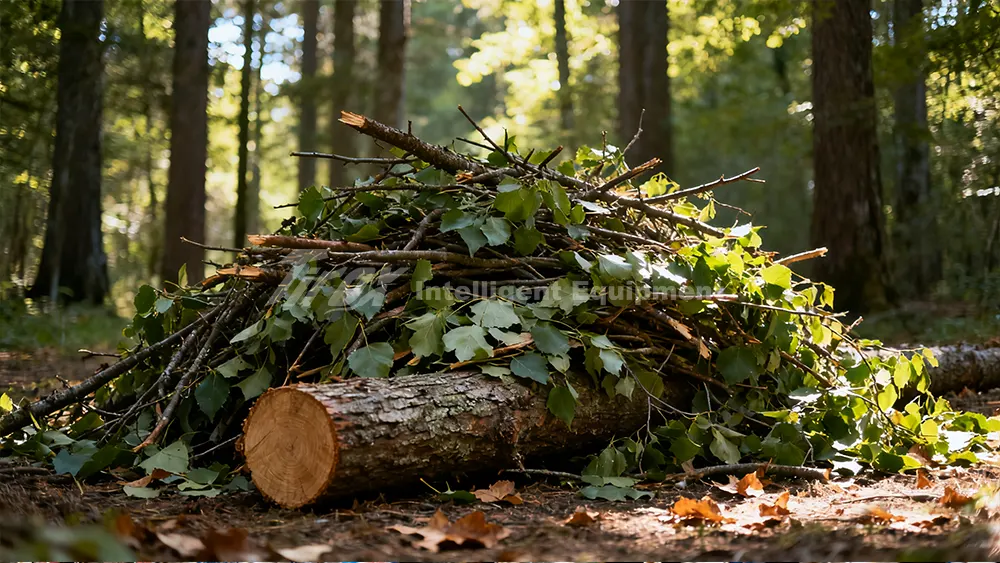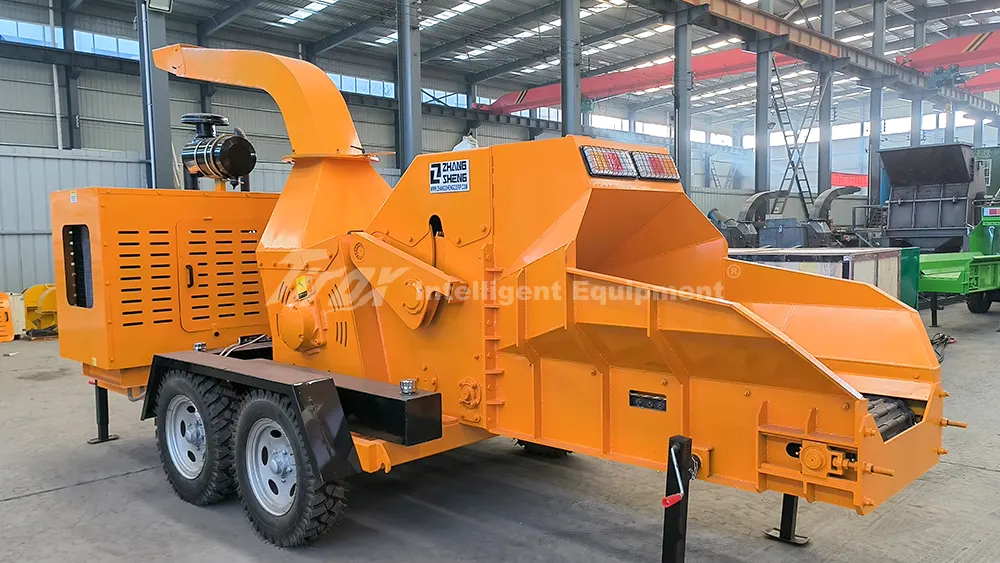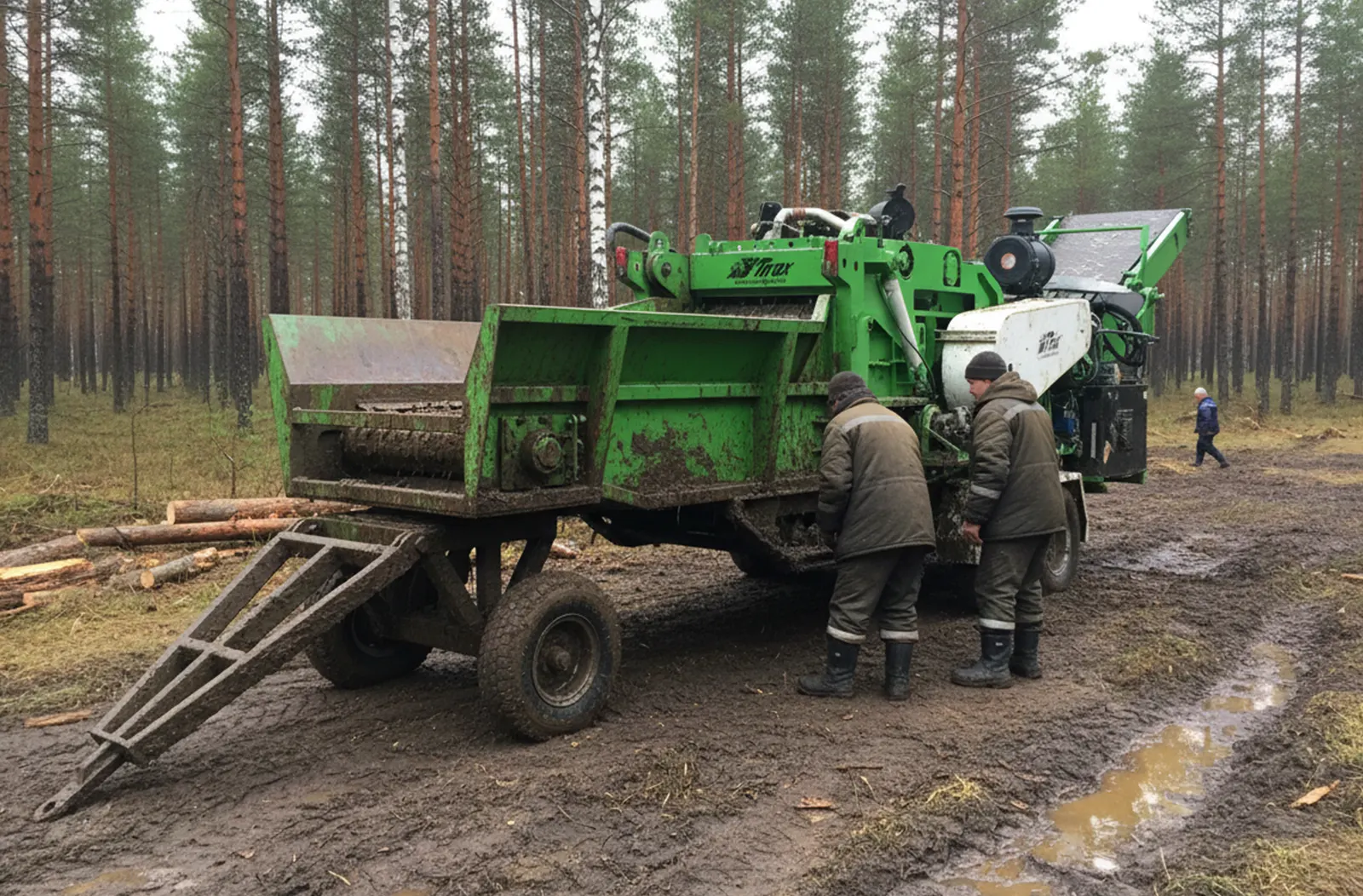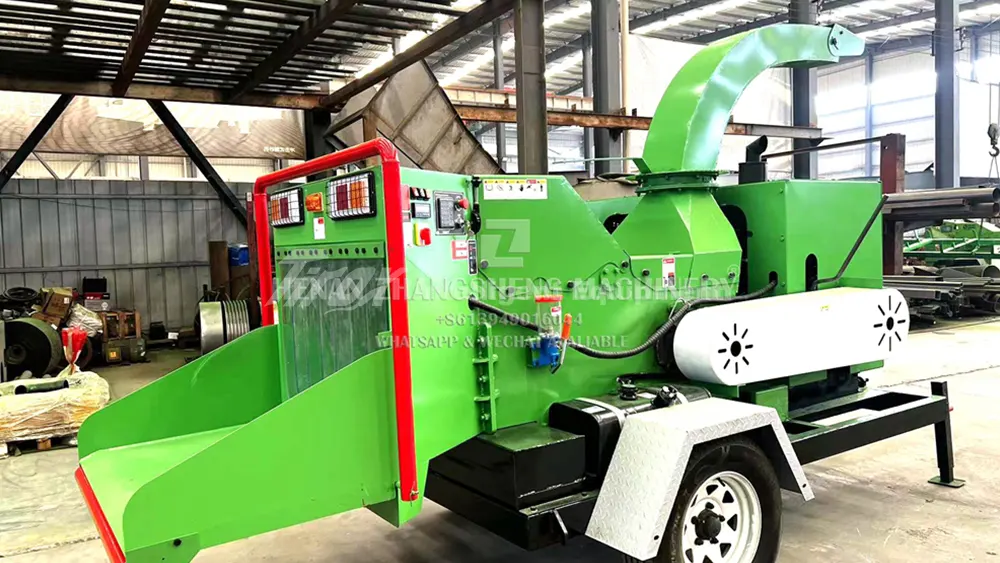Choosing the right-sized industrial wood chipper is pivotal for maximizing profitability and operational efficiency in your business.
Understanding the implications of chipper size on your business’s performance is essential. An incorrectly sized chipper can lead to increased operational costs and reduced efficiency. This article explores the various sizes of wood chippers and their ideal applications.
If you’re considering investing in an industrial wood chipper, it’s crucial to understand how size impacts function and efficiency.
Introduction: The Criticality of Right-Sizing for Industrial Applications?
Choosing the correct wood chipper size is not just about the cost—it’s about aligning to your business needs.

Selecting the right-sized wood chipper is crucial for operational efficiency. An oversized chipper can waste resources, while an undersized one may hinder performance and productivity.
Let’s delve deeper into why choosing the right size matters and the factors that influence this decision.
Assessing Your Material Input: What Are You Chipping?
Knowing what material you will process is the first step in selecting the right chipper.
Industrial wood chippers vary in the type of material they can handle efficiently. From logging residues to whole trees, the material type, size, and moisture content are critical in choosing the right chipper.
It’s important to consider the diameter and length of the material, as well as whether the wood is clean or contaminated with metals or stones.
Determining Required Throughput and Capacity for Your Business?
Understanding your volume needs is essential for selecting a wood chipper.
The capacity of a wood chipper dictates how much material can be processed within a specific time frame. This capacity is often measured in tons per hour and is a critical factor in choosing the right-sized chipper for your operations.
By assessing your daily or hourly volume targets, you can better understand which chipper size will meet your business demands without overburdening your operations.
Matching Chipper Size to Application Scale?

It’s crucial to match the chipper size to the scale of your operations to ensure efficiency.
Choosing a chipper that matches the scale of your operations optimizes efficiency. Small-scale industries may benefit from smaller capacity chippers, while large-scale operations might require chippers with a capacity of 20 inches or more.
Larger chippers are suitable for handling whole trees and high-volume logging residue, which are common in large-scale biomass power plants and major forestry operations.
Power Source and Mobility Considerations?
Choosing between a stationary and a mobile wood chipper depends on your operational needs.
Stationary chippers are ideal for constant use in one location, whereas mobile chippers offer flexibility and are suitable for businesses that need to move the chipper to different sites.
Also, the power source, whether PTO-driven, self-powered by a diesel engine, or an electric motor, will affect the chipper’s performance and suitability for different environments.
Conclusion
Choosing the right-sized industrial wood chipper is a strategic decision that impacts long-term profitability and efficiency.






